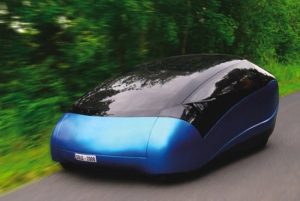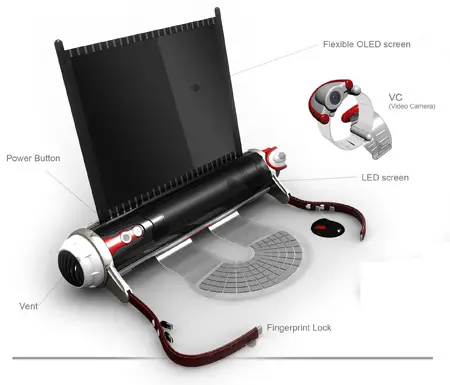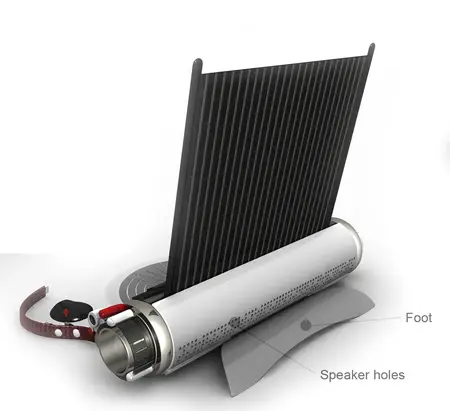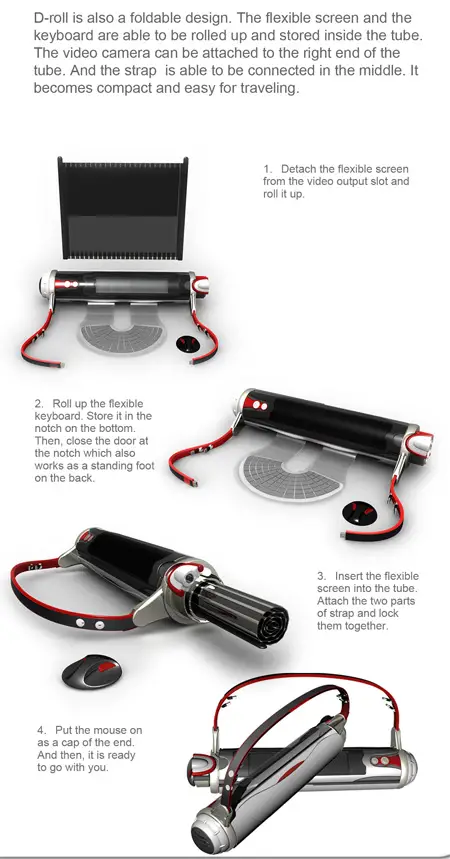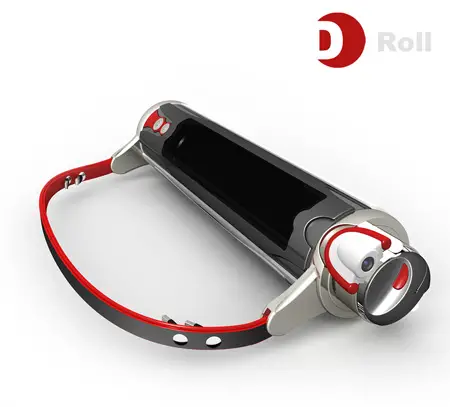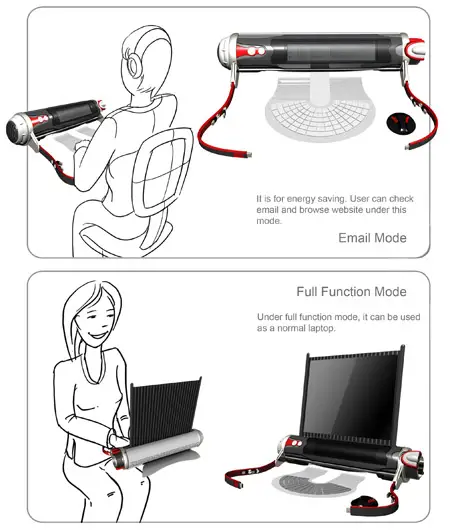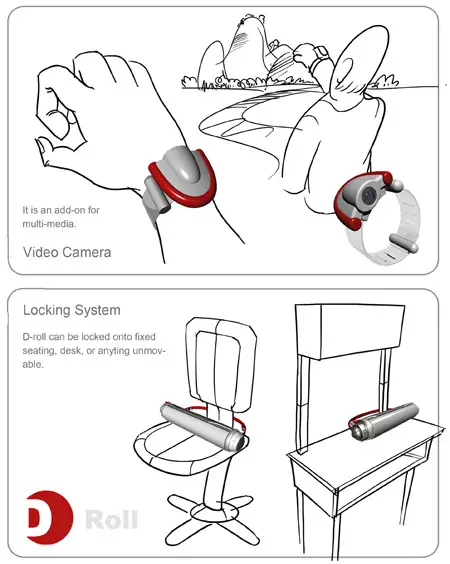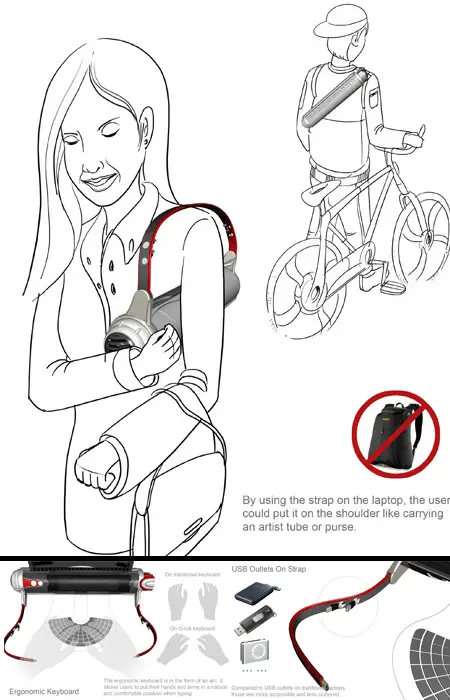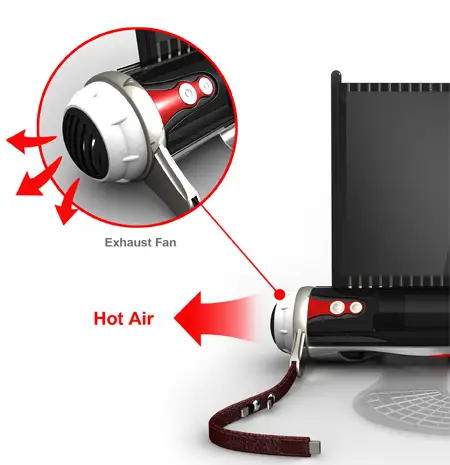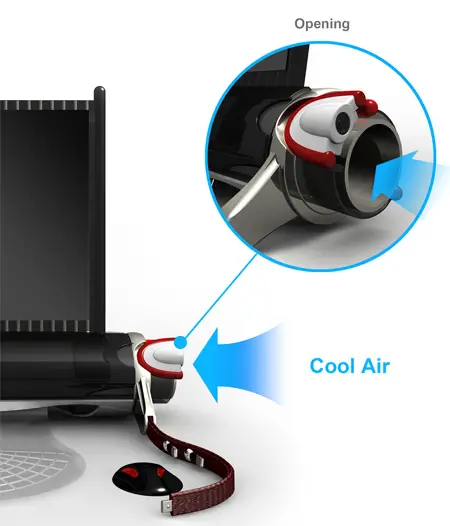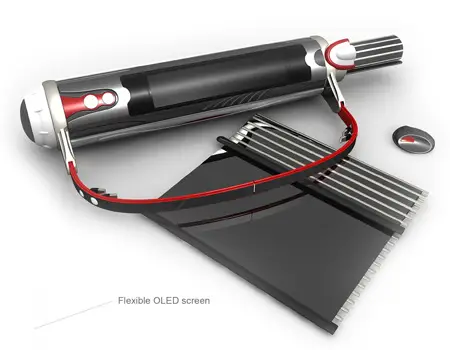
Actually, as I mulled over today’s new iPad event and its implications, I’m struck by how little of the conventional wisdom about these rollouts feels like wisdom. Much of it is crude, out of date or just plain wrong. Including some of my own assumptions.
(PHOTOS: Apple Announces New iPad)
So here are seven things that a lot of people seem to believe they know about Apple’s events. The more attention you pay, the less they ring true. I think of them as, well, mythperceptions.
Conventional wisdom: Apple is astoundingly good at keeping its secrets secret. Everybody knows that Apple goes to absurd lengths to prevent anyone from knowing about its product plans until it’s ready to reveal them at an event like today’s bash. Except…it’s now the norm for most of the raw facts about new Apple hardware to leak ahead of time. A rational observer who knows which reporters to trust can usually figure out the gist of the news a day or three ahead of time.
The major points about the new iPad? It’s got a Retina display, LTE, a better camera and a faster chip, and the case design and battery life are holdovers from the iPad 2. All reported by reliable sources in recent days.
I’m not saying that Apple has lost its capacity to startle. As far as I can tell, nobody figured out ahead of time that it was planning to announce OS X Mountain Lion last month. But if you assume that these Apple events are interesting because they’re jam-packed with surprises, you’re not doing your homework.
Conventional wisdom: Apple events are always amazing. The original Mac was amazing. The iPhone was amazing. Possibly the first iPod and the first iPad. And I do recall my eyeballs popping out of my head when I saw the impossibly tiny original iPod Nano.
Most of the new Apple products announced at these events, however, are revisions to existing products. And revisions are rarely amazing — even if they, like the new iPad, sport multiple major improvements. And even if Steve Jobs was prone to treating routine updates as epoch-shifting breakthroughs.
(VIDEO: Five New and Noteworthy iPad Features)
Conventional wisdom: Apple events are always disappointing. I’ve liveblogged or otherwise covered most of Apple’s product events over the last seven years or so, and the emotional curve of liveblog commenters is remarkably consistent: They arrive burbling over with excitement, but when the event is over they declare themselves sorely disappointed. (Disclaimer: One of the few I missed was the original iPhone launch — although even that managed to displease some crabapples.)
When I liveblogged the first iPad unveiling, one commenter said he or she was “horribly underwhelmed.” “$499 for a netbook — no way,” carped another. One made a $100 bet with nobody in particular that the iPad would flop. A well-known analyst who attended my coverage was slightly more upbeat — but he said it would be a “tough sell” and declared it a double, not a home run.
Why do so many people say they’re so unimpressed by Apple events? It’s a combination of several factors. The assumption that every event is going to be awe-inspiring sets the bar impossibly high. The tendency of major details to leak ahead of time eliminates the surprise factor. The fact that Apple never gives every single person every single feature they want ensures that everybody has something to carp about. (Some of our commenters today were up in arms about the absence of Siri on the new iPad.)
Another issue: The way most people learn about these products — through text-and-still-image liveblogs like, um, ours, supplemented by specs and stats on Apple’s site — just isn’t a great way to judge Apple products. More than almost any other tech company, Apple makes things that are hard to judge from a distance. It’s like the company said in the tagline on the invite it sent out to journalists for this event: “We have something you really have to see. And touch.”
Conventional wisdom: Apple events are all about new hardware. No, no, no. Hardware is interesting only to the extent that it’s a container for interesting software. The most impressive thing at today’s event may have been something that’s theoretically a footnote: the inventive new version of iPhoto. And iOS 6, whenever it’s announced — probably at WWDC sometime this summer — will likely be a bigger deal than the new iPad, even though the coverage of it won’t be quite as over-the-top.
(MORE: Apple Announces New iPad with ‘Retina’ Display, Same Old Name)
Conventional wisdom: Apple announces bleeding-edge technology at its events. One of the last-minute rumors about today’s launch was that the new iPad would feature “tactile pixels” using technology from a company called Senseg. But for all of Apple’s creativity, it’s careful and conservative in some ways. The new iPad’s Retina display — an existing technology pushed to its boundaries in service of a more elegant experience — is more typical of the company than anything weird and freaky.
Conventional wisdom: If Apple doesn’t announce radically new products at these events, it’ll collapse. In the first 80 days after the original iPad’s release in April 2010, Apple sold three million units of the radically new device, and it moved 14.8 million iPads by the end of the year. That was enough to startle almost every alleged Apple expert.
So how many iPads did Apple sell in the final quarter of 2011, when the current model was the not-radically-new iPad 2, which had already been on the market for months? 15.4 million.
Every data point I know suggests that when Apple products get comfortably familiar, it doesn’t hurt sales — it helps them. There are a lot of folks out there who get more excited by familiar products than they do by disruptive newcomers.
Conventional wisdom: Without Steve Jobs, these events will stop mattering so much. Sadly, the events once known as Stevenotes will never be called that again. And the moment that one of these non-Stevenotes fails to bowl you over, it’s tempting to wonder if the Reality Distortion Effect has been deactivated, reducing Apple’s product launches to mere press conferences presided over by executives who aren’t Steve Jobs and never will be.
But for an event that didn’t have Steve Jobs, the new iPad event was far more reminiscent of a classic Stevenote than you might expect. All of the presenters onstage made their points clearly and concisely. The demos worked without hitches. The level of polish was high, and I assume that an immense amount of preparation went into every moment. It’s remarkable how rare all of that is at tech-industry events, and how effective it is at promoting a new product such as this one.
For all these reasons and more, I tend not to trust first impressions about Apple events, especially when they involve doom and gloom.
